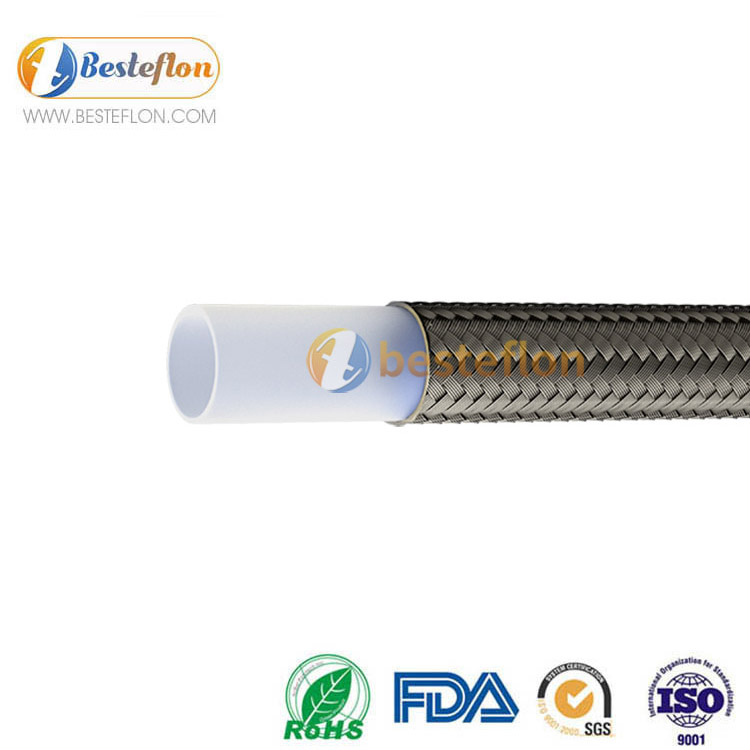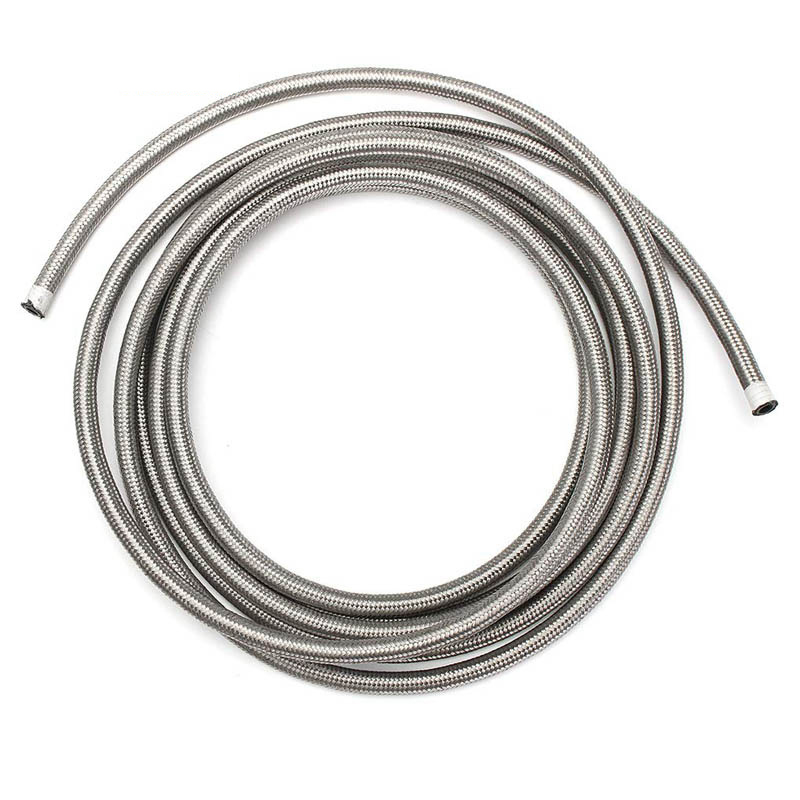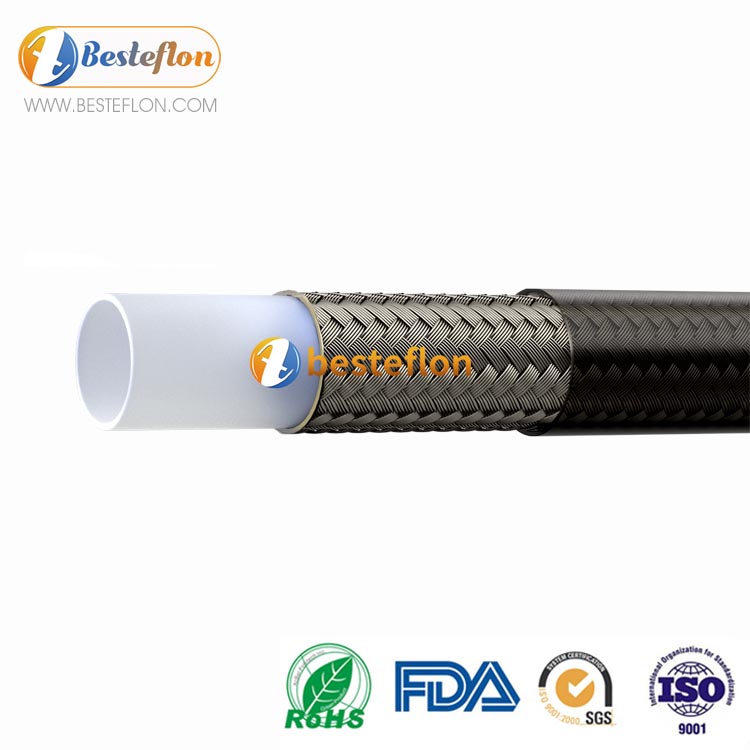According to different types of automotive brake, can be divided into hydraulic brake hose, pneumatic brake hose and vacuum brake hose. According to its material, it is divided into rubber brake hose, nylon brake hose and PTFE brake hose
Rubber brake hose has the advantages of strong tensile strength and easy installation, but the disadvantage is that the surface is easy to aging after long-term use
In the case of low temperature, the tensile strength of nylon brake hose will be weakened, if affected by external forces, it is easy to break
But PTFE hose has high temperature resistance, low temperature, high pressure resistance, wear resistance, corrosion resistance and other characteristics, long service life, do not need frequent replacement. He can compensate for the shortcomings of the other two materials
Safety, longevity, and performance should be your top priorities. E85 or ethanol has proven to be an economical and efficient fuel that can provide the required octane number and power potential for demanding applications. But additives in modern fuels can harden and degrade most materials. This can lead to potentially dangerous leaks and can leave a bad smell. Once the fuel line degrades, poor hose particles can contaminate and clog the fuel injector and carburetor channels, affecting performance and causing problems
The best solution is a polytetrafluoroethylene (PTFE) material. PTFE is a plastic material that is the thinnest and lightest fuel hose available. It combines high elastic grade 304 stainless steel braided with a smooth inner PTFE tube to increase flow, and the complex exterior construction provides incredible flexibility. The internal PTFE tube is suitable for use with any fuel and can withstand temperatures up to 260 degrees Celsius. The material is not affected by fuel deterioration, so fuel vapors do not leak out
General recommendations for fuel systems:
When installing a PTFE hose on vehicles, keep fuel hoses away from heat sources, sharp edges and moving parts. Always allow sufficient clearance for the movement of the power system. Check clearance between suspension and transmission system components. Be sure to check the suspension components throughout the process to avoid squeezing or extending the fuel hoses. For fuel hoses susceptible to road debris and high temperatures, use PTFE fuel hoses braided with stainless steel or hard wire. Be sure to clamp hose tightly to prevent fraying. Jig also helps reduce vibration of other components. Use appropriate partition fittings when hose through panels
You may also like
Post time: Sep-17-2021



